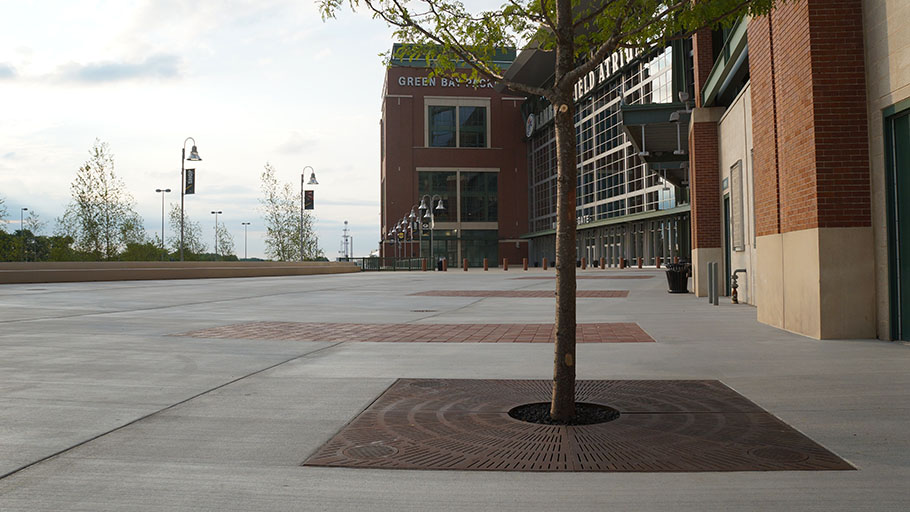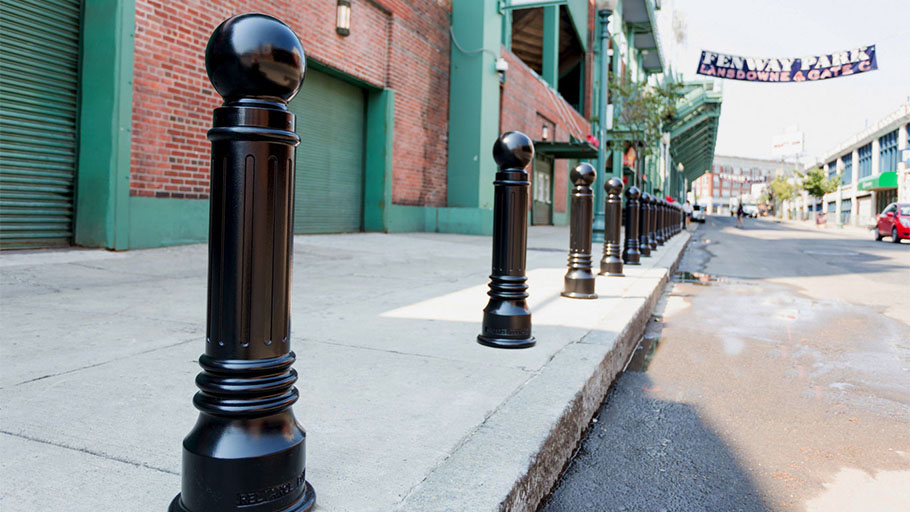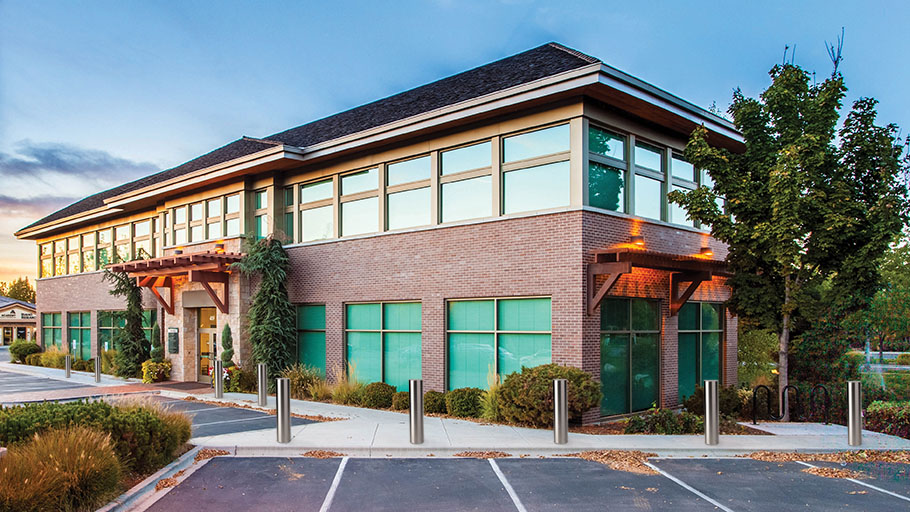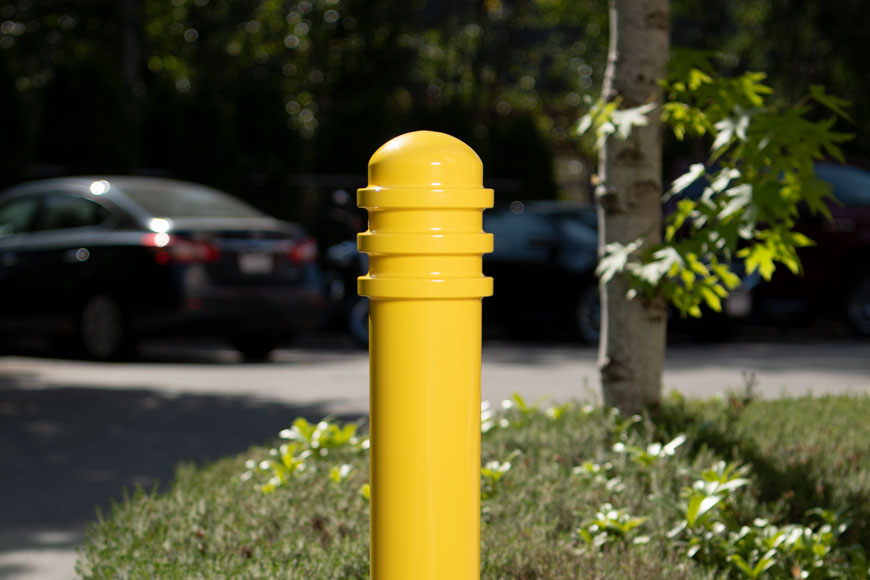Eliminating severe traffic injury and fatality through bold strategies
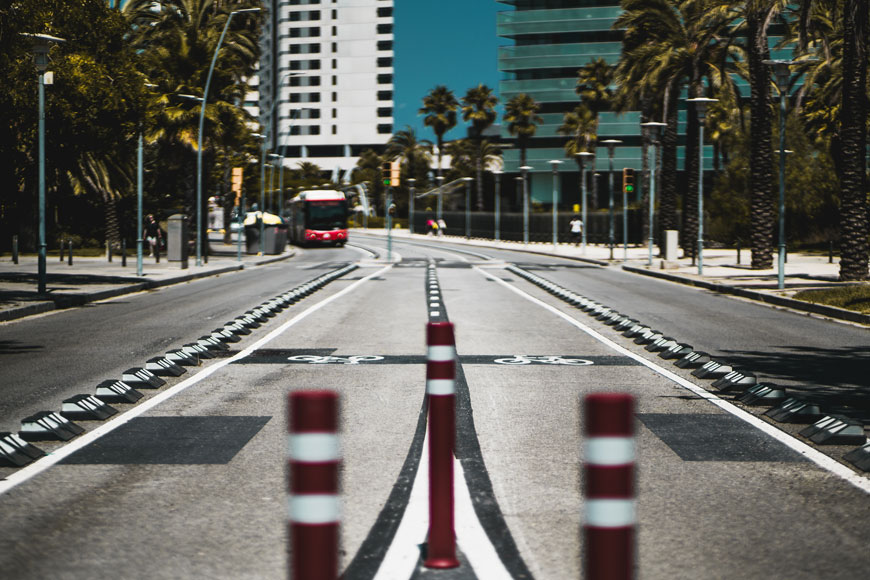
In 2016, 1.35 million people died and 500 million were injured in road traffic accidents, according to a study by the World Health Organization. Globally, crashes involving a vehicle are the leading cause of death for young people aged 5-29 years.
The trends for fatalities and injuries are different between developed and developing nations. Low-income countries have limited resources for infrastructure and enforcement. Yet with growing populations, these countries are supporting an increasing number of drivers. The resulting traffic accident mortality rate is three times higher than in high-income countries.
Of course, high-income countries are not immune to tragedy caused by traffic accident. Even with better funding and focus on road safety, 2018 saw the road deaths of 36,560 people in the United States.
Traditionally, planners see road safety as a “Three E’s” problem, solved through engineering, education, and enforcement.
Pedestrians, cyclists, and occupants of two- and three-wheeled vehicles (i.e. motorcycles and tuk tuks) represent half of all road fatalities worldwide. In the United States, these fatalities currently represent only a third of fatally injured road users, but the rate is on the rise. Vehicle occupants are increasingly protected by seatbelts and crash-engineering. At the same time, larger passenger vehicle sizes have made crashes less survivable for those outside the vehicle.
Engineers create roadways safe for expected driving behavior. Legislation requires drivers to act in a certain way on those roads. Driver and pedestrian education campaigns inform road users of their responsibilities. Enforcement via policing and ticketing urges compliance.
Some major gains in public health come through this approach. The World Health Organization advocates laws based on best practices in five areas: speed, drunk-driving, helmets, seat-belts, and child restraints. In their Global Status Report on Road Safety, they show that good legislation reduces road fatalities.
However, joining these traditional efforts is an expanding global movement called “Vision Zero.” It takes a unique philosophical approach to traffic safety that challenges the way we think of accident prevention.
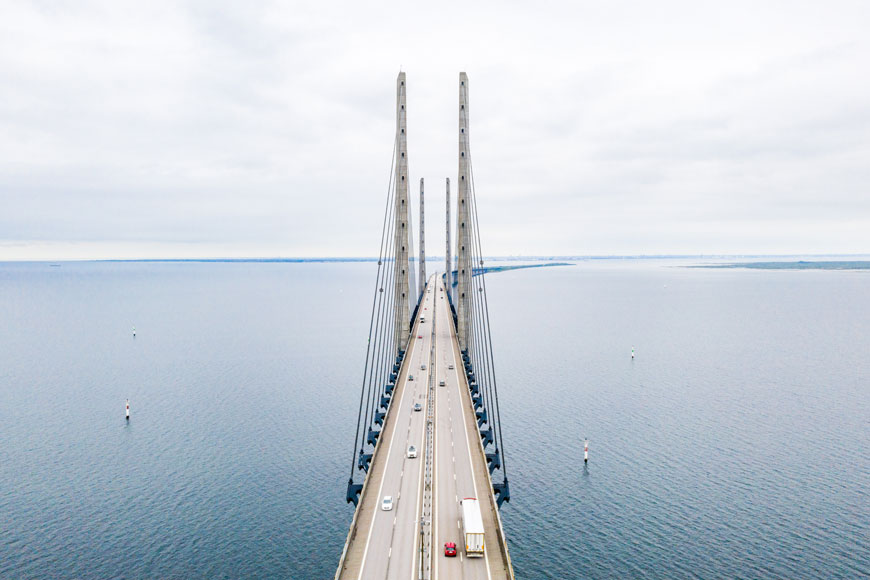
What is Vision Zero?
Vision Zero seeks to design road systems that protect against human error.
The reason? People make mistakes. Road systems are built for people. Vision Zero suggests that our roads should be engineered and legislated so that traffic fatalities and severe injuries will not happen—even in the event of a crash.
In Vision Zero, enforcement and education do not disappear. People still must drive reasonably, within the law, and with attention and care. Yet environmental design, and policies that influence driver behavior, are responsible for creating safe streets.
This philosophy is found in other industries. Health care, energy production, air, and rail are all industries that have protocols meant to lower the likelihood of injury or death. Regulation supports this careful approach. It’s assumed that fatalities should not be the outcome when people make mistakes. The system is designed to make fatalities much less likely.
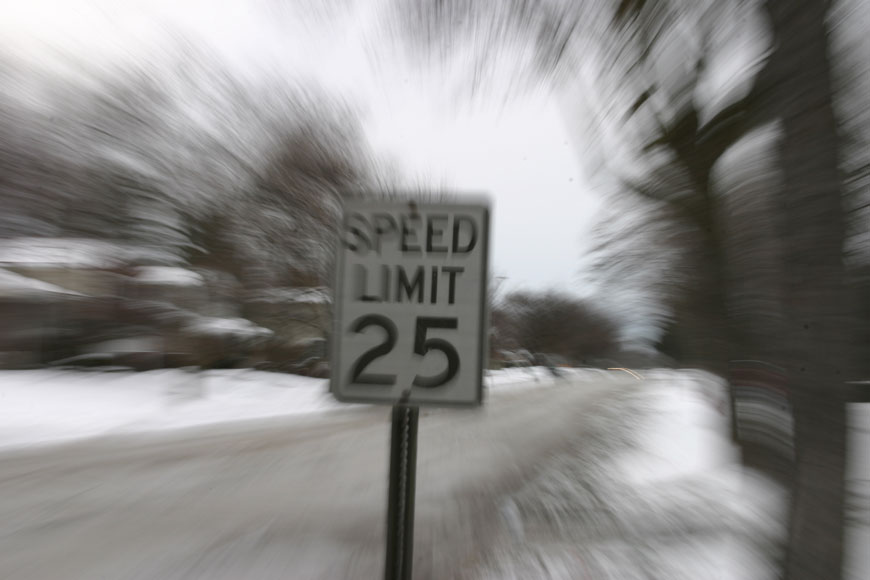
Core principles
Vision Zero’s core principles seek to change the design of transportation networks by acknowledging:
- Humans will make mistakes. Good system design minimizes the impact of these mistakes.
- Good data on how to reduce crash-severity already exists. Life-saving measures should be used as the basis for decision making rather than time-saving measures.
- We should not accept risk to people’s lives as a trade-off for increased mobility.
- Responsibility for death-prevention sits with the system rather than on individuals.
Drivers still have a responsibility to take care. Laws and enforcement are part of the Vision Zero approach. But how these laws are set and encouraged may change.
For example, speed control is an essential part of lowering the incidence of severe injury or death in traffic accident. Research shows that if a pedestrian is hit by a vehicle traveling at 20 MPH, 90% survive. At 40 MPH, the statistics reverse: only one in 10 survive. Lowering the speed limit to 25MPH in pedestrian zones can make a big difference. Vision Zero often seeks lower speed limits where traffic is in close proximity to pedestrians.
Enforcement is part of changing the expectation. Putting up a sign and having traffic stops communicates the change. However, environmental construction should be considered as a more persistent and useful way to encourage lower speeds. Trees on the shoulder, narrower lanes, and speed bumps all cause drivers to move more cautiously.
The combination of research-led legislation and engineering design makes the entire system less dangerous and helps prevent severe consequences in a crash.
When, where, and how Vision Zero began
Vision Zero was launched in Sweden in 1997. It was both a philosophy and a call to action.
Vision Zero asserted that loss of life was not an acceptable trade-off for mobility. Soon, Sweden was making policies to change infrastructure design standards, vehicle technology, and traffic enforcement. In the intervening years, they cut total road fatalities by half. There are only 3 deaths for every 100,000 people in Sweden—much better than the 11.4 per 100,000 in the US.
Sweden’s impressive gains were most effective at the beginning of the program. They are now are slowing, as the number of deaths per 100,000 drops toward zero. In 2013, 264 people died in traffic accident. 2017 saw only 10 fewer deaths.
However, there were a half million more miles driven on Swedish roads in 2017 compared to 2013, according to the Swedish agency “Trafik Analys.” Sweden hasn’t reached their target of zero, but they continue to bring numbers down even as the number of cars on the road rise.
Sweden’s success has drawn interest worldwide. Many jurisdictions are now analyzing their networks and implementing designs in order to save lives.
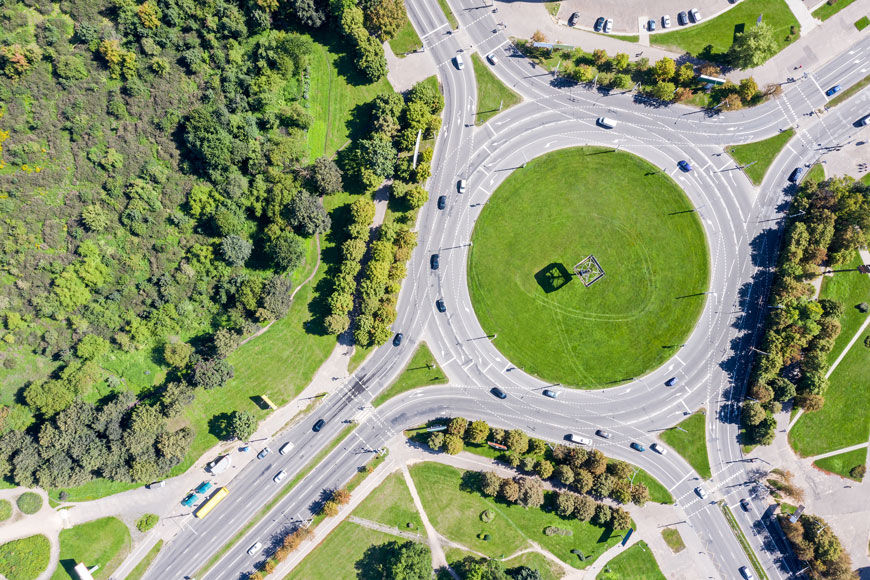
Common Vision Zero actions
Cities and regions who are retrofitting for Vision Zero will prioritize action based on their largest issues. Actions might be as diverse as enforcing drunk driving laws or installing chicanes. An incomplete list of common systemic changes include the following:
- Median barriers
- Lowering speed limits
- Perimeter protection of pedestrian and cyclist spaces
- Pedestrian scrambles
- Limiting right-on-red
- Alcohol-locks for problem drivers or in fleets
- Roundabouts
- High-contrast lighting
- Driver alerts and enforcement: speed, seatbelts, phones and distracted driving, helmets
Median barriers separate the two directions of traffic on a highway, preventing head-on collision. Jersey barriers are common. Crash-hardened cable fences are an alternative that allow the flow of water and movement of animals.
Lowering speeds in high-pedestrian zones decreases casualties. From the Swedish model: “In urban areas, it is the degree of separation of unprotected road users from cars that is decisive for determining the speed limit that can be set.” Vision Zero encourages a human-centered, data-driven approach to setting speed limits. Some approaches to speed management include:
- Legislation lowering speed limits.
- Installation of speed and red-light cameras.
- Environmental traffic calming solutions like speed cushions, speed bumps, roundabouts, chicanes, neckdowns, and trees.
- Intelligent speed adaptation or ISA systems within the vehicle can alert a driver they’re speeding with a tone or voice prompt.
Perimeter protection of active transportation corridors encourages people to walk or ride their bikes. People of all ages and abilities are more likely to participate. Separated bike lanes and walkable streets help decrease serious accidents.
Pedestrian scrambles are light-controlled intersections that stop vehicle traffic in all directions every rotation. During this pedestrian scramble, foot traffic can move from corner-to-corner in any direction, including diagonally. When vehicles move again, all pedestrians are stopped. Scrambles may slow traffic (although they enhance vehicle turning), but they have been shown to reduce casualties by 38%.
Limiting or preventing right-on-red is commonplace in many European countries. Intersections are the place for most accidents. At busy intersections where the driver is watching for a gap both with pedestrians and cars, it is easy to mess up the timing.
Alcohol locks require a driver to pass a breathalyzer before they can drive their vehicle. These are used with great success for those with a history of DUI. Sweden requires them for some commercial vehicles. They have kept intoxicated transport drivers off the road.
Roundabouts can be used to traffic calm problematic intersections. A study by the Federal Highway Administration showed that roundabouts decrease the number of collisions by 37%, compared to light-controlled or stop-sign controlled intersections. Yet they reduce fatalities by 90%.
High-contrast lighting is part of a plan for reaching Vision Zero targets, because fatal accidents often occur at night.
Automated driver alerts can encourage seatbelts and helmets, or discourage speeding and distracted or drunk driving. This creates an environment that encourages and supports proper driver behavior.
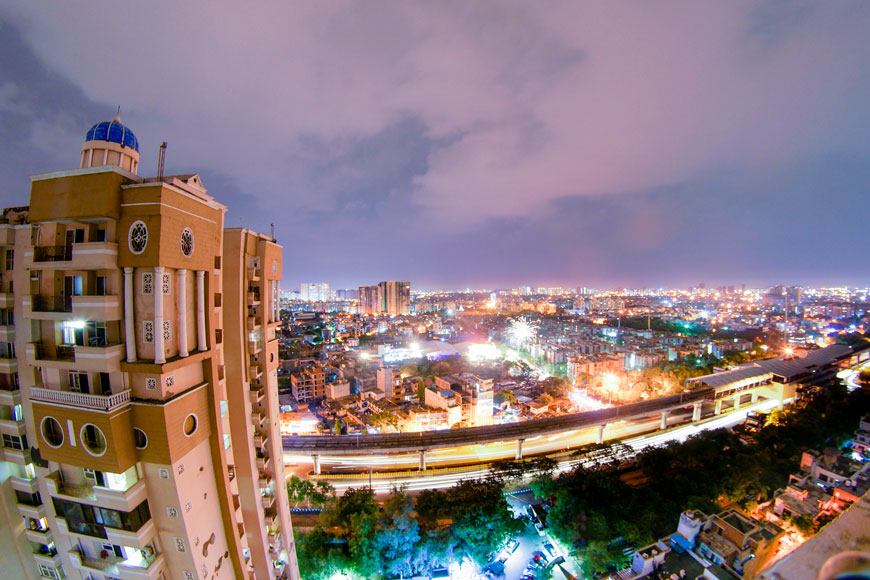
Is Vision Zero working?
Due to Sweden’s success, Vision Zero has been attracting interest all over the world. Cities and states in Canada, the US, and India have attached to the plan, as well as the national governments in the UK and the Netherlands. The idea of a system free from traffic fatalities is sparking conversations and reframing the debate around city planning.
Resistance to Vision Zero is often centered on the feeling that traffic-slowing actions will result in snarled traffic and slower commute times. This is a major philosophical shift: that a single life is worth slowing traffic speeds. However, it’s also not clear that slowing the top speed must cause average speeds to drop. In some places, gains can be brought through route efficiency—slower speeds allow for roads with sharper turns and narrower lanes. In other places, lower limits simply create more uniform speeds, rather than drastically slowing the network. Slower speeds can also encourage adoption of other forms of transportation, push drivers back out to arterials, and encourage active transportation like transit, walking, or cycling within districts. This can increase street engagement and support local businesses.
Vision Zero also challenges our current understanding of responsibility for crashes. Most people see themselves as above-average drivers. But each has a different idea of what makes a good driver. Different expectations for proper behavior lead to frustration between drivers. If we design systems that limit the possibility of bad accident, we may also limit the ways drivers move through the network—by slowing our speed, requiring our sobriety, or reducing the number of times we have right-of-way. Protests arise that if people were just better drivers, this sort of limitation would not have to happen.
Similar protests have arisen against systemic actions like implementing surgical checklists in hospitals. Managing the frustration that arises with sweeping changes is not always as simple as providing evidence. Instead, listening to where the fear of change is coming from and addressing these concerns can make a big difference.
Even against resistance, noted Swedish success has made Vision Zero a compelling project. Other jurisdictions have hinted that the worse things are on the road, the more stunning Vision Zero results can be. Some areas have made changes that have paid big dividends in a short amount of time.
For example, a pilot project in Haryana state, India encouraged 10 districts to implement a Vision Zero plan. The project hoped to mediate Haryana’s high level of road fatality: on average, the state sees 19.22 deaths per 100,000 residents every year.
In only one year, most districts in the pilot project saw reductions in road fatalities between 10-20%. Overall, the state saw a 10% reduction in fatalities, representing 500 lives saved. One of the 10 districts, Gurugram, did not implement their Vision Zero plan. Their lack of participation somewhat skewed the overall success of the plan, since Gurugram saw a 16% increase in fatalities over the same time period. The contrast shows remarkable success in an area that is rapidly developing, with more cars joining the road each year. The Haryana state government, happy with this phenomenal success, plans to roll out to all 22 districts in the coming years.
The first step toward preventing traffic fatalities is in the imagination. Right now, traffic injury and fatality seem the price we pay for connected transportation. Vision Zero offers more than just a set of systemic changes: it creates the compelling and audacious idea that traffic deaths are an epidemic that we can defeat.








